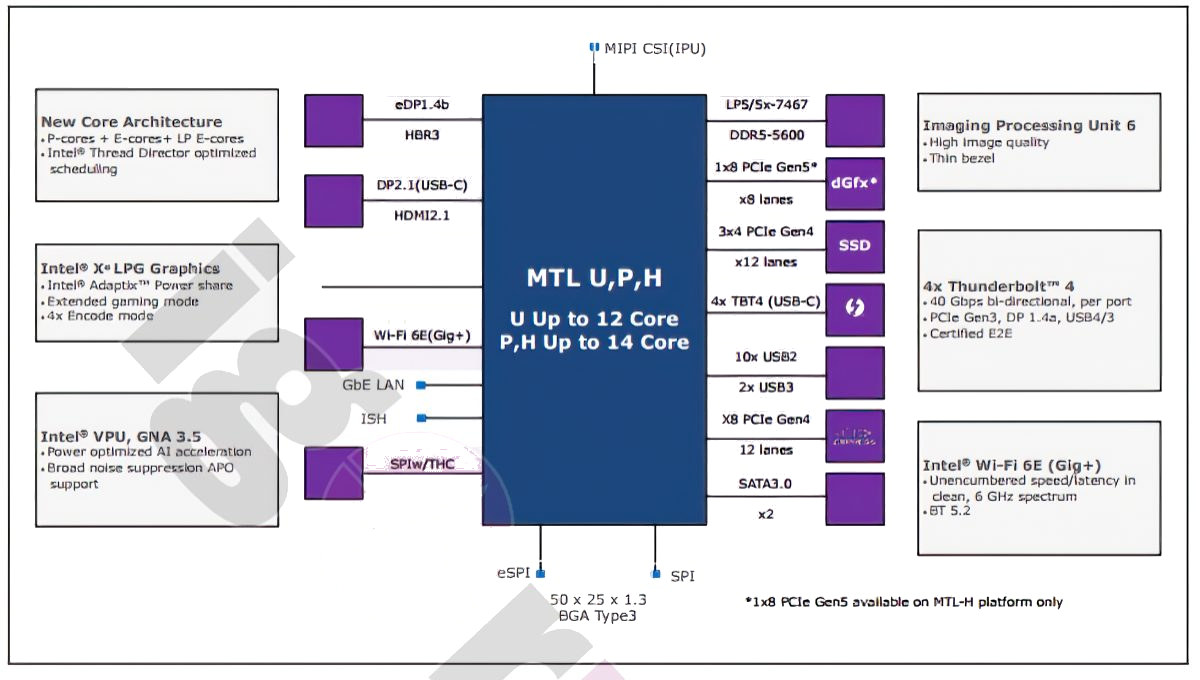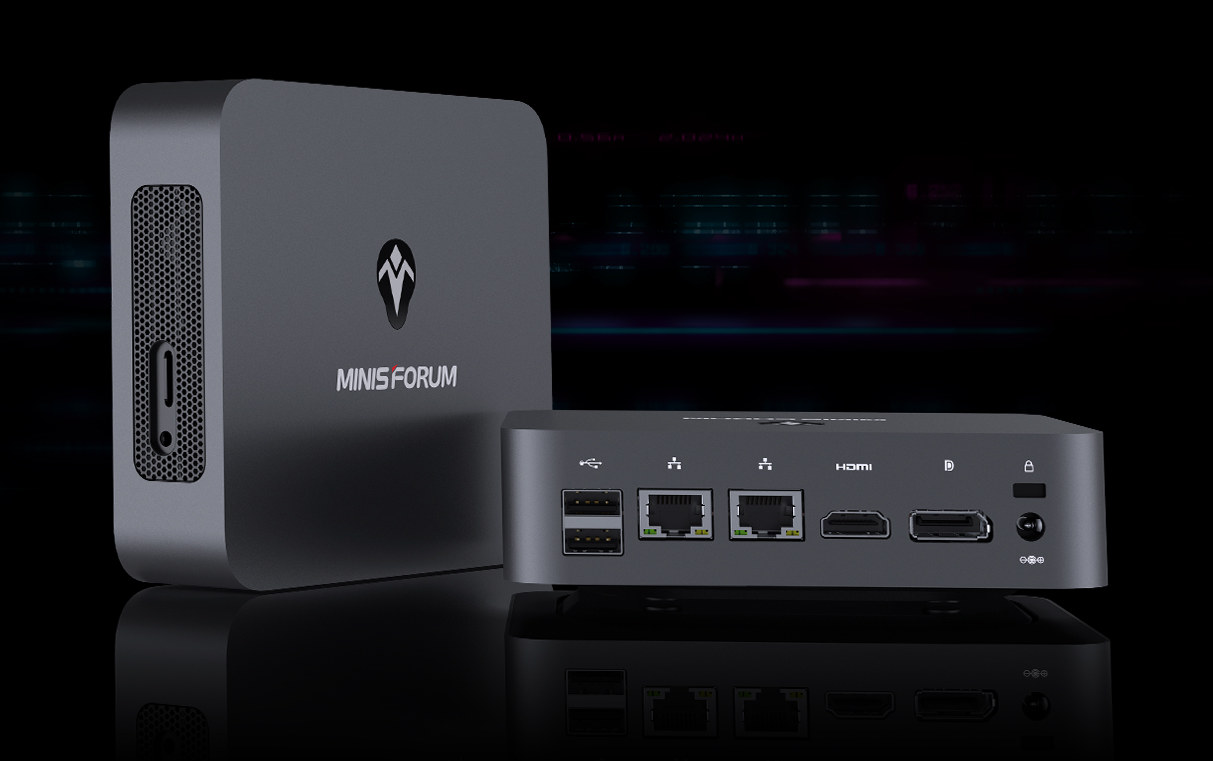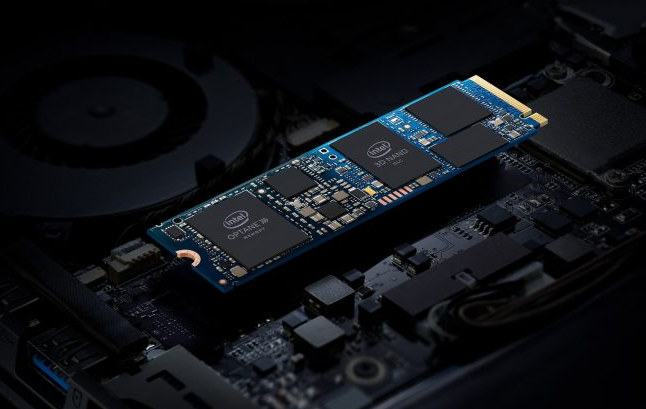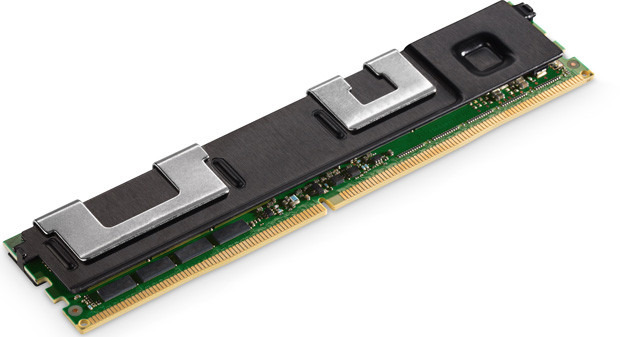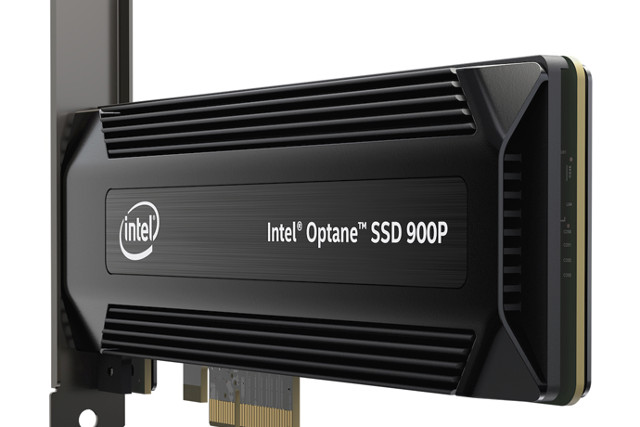Intel Meteor Lake processor family is supposed to succeed the 13th generation Raptor Lake chips itself coming after the current 12th generation Alder lake processors. It is scheduled to launch next year (2023), but we already have some details about the Meteor Lake U, P, and H mobile processors from a leak. Just like most Alder Lake processors, Meteor Lake will be hybrid processors with power and energy-efficient cores, but they’ll also feature new LP E-cores which should stand for “low power efficiency” cores in order to further lower the power consumption while a laptop or mini PC in standby mode. Meteor Lake mobile processors highlights: CPU P cores + E cores + LP-E cores architecture U-series with up to 12 cores P- and H-series up to 14 cores; Up to 6+8 configuration with up to 24MB LLC/core (Note the LP-E cores don’t seem to be part of the main […]
DeskMini X35G Ice Lake Mini PC Coming in October for $400 and up (Crowdfunding)
MINISFORUM is a Hong Kong-based company specialized in mini PC, and we recently covered their Gemini Lake-based MINISFORUM S40 PC Stick, but to differentiate themselves in a field with some many Gemini Lake mini PC, the company is preparing to launch DeskMini X35G mini PC based on a more powerful Intel Core i3-1005G1 “Ice Lake” processor that offers features such as Thunderbold 3 40 Gbps USB-C port and support for Intel Optane Memory. DeskMini X35G specifications: SoC – Intel Core i3-1005G1 dual-core/quad-thread Ice Lake processor @ 1.2GHz / 3.4GHz (Turbo) with 4 MB Intel Smart Cache, Intel UHD graphics @ 300 to 900 MHz; 15W TDP System Memory – 16GB DDR4-3200MHz (soldered) Storage M.2 2280 NVMe SSD (PCIe 3.0 4X) with support for Intel Optane memory 2.5 inch SATA3.0 HDD or SSD Support 1×M.2 2280 SATA SSD Support MicroSD card slot Video Output HDMI 2.0 up to 4Kp60Hz DisplayPort up […]
Intel Optane memory H10 M.2 Card Combines Optane Memory with QLC NAND Flash
Nearly exactly two years ago, Intel announced the first commercial Optane memory M.2 cards that provide excellent random read/write performance, and can greatly boost boot times and app loading times. That means you need to insert an extra card in your system, and for compact laptops, or mini PCs the extra socket is simply not there due to lack of space. To solve this issue, Intel has just announced Optane Memory H10 M.2 card that combines Optane Memory high IOPS with the lower cost and higher capacity associated with QLC NAND flash since it combines both technologies into a single card. In the press release, Intel explains 8th Generation Intel Core U-series mobile platforms featuring Intel Optane memory H10 will become available through OEMs this quarter, and provide the following benefits:everyday users will be able to: Launch documents up to 2 times faster while multitasking. Launch games 60% faster while […]
Intel Launches Optane DC Persistent Memory Compatible with DDR4 DIMMs
Intel and Micron jointly announced 3D Xpoint technology in 2015 that promised to be 1,000 times faster and endurant than NAND flash, and 10 times denser than conventional DRAM. Products were launched in 2017 under the Optane brand with somewhat lower specifications starting with enterprise PCIe SSDs, followed by Optane M.2 cards, and Optane PCIe SSDs for the consumer market which do improve performance for very specific tasks. But beside storage devices, Intel also planned to launch Optane memory that fits into RAM slot, and they’ve finally done that with their Optane DC Persistent Memory fitting into DDR4 DIMMs with capacity ranging from 128GB to 512GB. The Optane DC Persistent Memory modules are made for the datacenter, and will be supported by the next generation of Intel’s Xeon server platforms. The module are sampling now with mass production planned for later this year, but only to select customer. Broad availability […]
Intel Optane 900P Series SSD Launched for Desktop PCs
Intel and Micron first unveiled 3D Xpoint technology (pronounced “crosspoint”) in 2015 with the promise of 1000x faster storage and 1000x better endurance than NAND flash used in SSDs. Performance was later reduced to about 7x better IOPS in a prototype, and Intel started to sell the technology under the Optane brand with the 375GB SSD DC P4800X for the enterprise market. Since then Intel entered the consumer market with 16GB and 32GB Optane M.2 cards which are meant to be used as disk cache in compatible systems thanks to their high random I/O performance, and now the company has announced the first consumer grade 3D Xpoint SSDs for desktops and work stations with Optane 900P Series available in HHHL (CEM3.0) and U.2 15mm form factors, and with random I/O performance up to four times faster than competitive NAND-based SSDs. Optane SSD 900P Series specifications: Capacity – 280 to 480 […]


